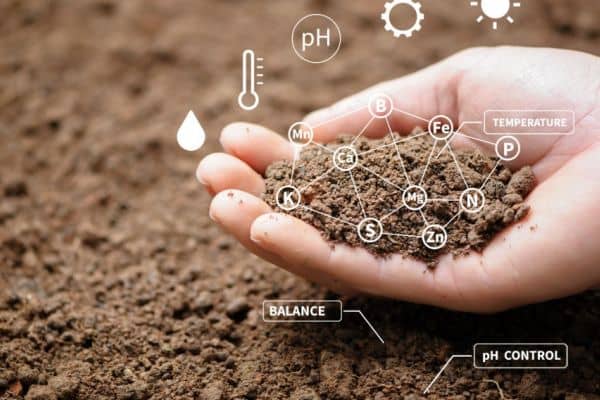Healthy soil plays a vital role in the development of happy plant growth. We humans take proper well-balanced food for the proper development and growth similarly plants need well-balanced soil for their proper growth. Nowadays people are getting more onto growing plants it might be indoor plants or outdoor plants. If you are a beginner gardener then you must be familiar with the soil.
Soil can be found in different types based on factors like composition, texture, and fertility. The types of soil commonly used in the growth of the plants are, sandy soil, clay soil, silt soil, loamy soil, peaty soil, chalky soil, and sandy loam
So, in this article, we will take a deep look into the plants that can improve the quality of your soil. These points can genuinely improve the quality of your soil variously,
- Adding nitrogen to the soil
- Loosening compacted soil
- Suppressing weeds
- Attracting pollinators
These four points can help you in the improvement of your soil quality. Adapting these plants can improve the health of your soil and they are the green guardian’s plants in your garden:
1. Sunflowers
The scientific name for sunflowers is helianthus annuus; sunflowers are considered beautiful flowers with orange-yellow rays and brown to purple center disks. To loosen compacted soil their deep taproots are helpful and their green large leaves help to shade the soil and control erosion. The helianthus annulus plant can also remove heavy metals, like lead, arsenic, zinc, chromium, cadmium, copper, and manganese, from the deep soil.
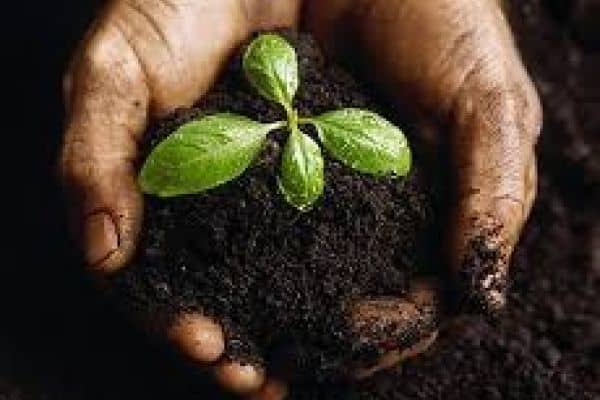
2. Borage
Borgo Officina is the scientific name for borage plants; it has blue star-shaped flowers that bloom throughout the summer. Borage plants are considered a great attractant for pollinators. You don’t need to buy new plants or seeds each year because it is a self-seeds plant. When the plants die at the end of the season, the roots break down to provide organic matter to the soil.
3. Garden peas
Pisum sativum is the botanical name for garden peas. Garden peas are a cool-season crop that can be planted in early spring. Pisum sativum has a symbiotic relationship with nitrogen-fixing bacteria, the bacteria take nitrogen from the air and convert it into a form that plants can use. When the plant grows and then tills into the soil, it releases this nitrogen, which can be made available to other plants.
4. Milk Thistle
The scientific name for Milk Thistle is Silybum Marianum, which has pink-purple followers that bloom from July up to August. It has a showy rosette of green leaves with distinctive white marble. This plant, Milk Thistle can spike deeply with its roots and break up subsoil. This plant is high in potassium, which adds to the soil through the decomposition of its biomass.
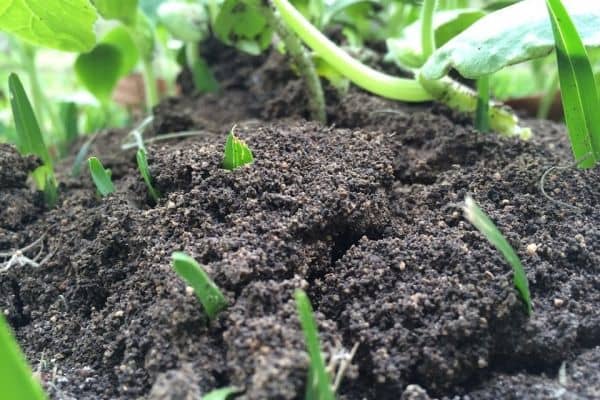
5. Chicory
Cichorium intybus is the botanical name of Chicory with clear blue flowers that bloom in May or June and last till up to October. Chicory can be considered as one of those green guardians that can improve your soil quality. This plant helps to fix the potassium in the soil and with its deep tap root, it brings minerals from deeper in the soil closer to the surface and close to the root zone of the other plants.
6. Fenugreek
The botanical name for Fenugreek is Trigonella foenum-graecum, it is an annual herb with light green leaves and small white flowers. As we use Fenugreek seed in our daily life for cooking, it is another perfect green guardian that improves the quality of your soil and also can fix nitrogen from the air. After the season is over this plant also can be tilled into the soil which adds nutrients. This plant is also a great winter manure crop that helps control nematodes and also helps to break up clay soil.
7. Garlic
The botanical name for garlic is Allium Sativum, a great green guardian. Garlic plants play a vital role in removing high sulfur from the soil and also it is a good fertilizer for the soil because it is rich in phosphorus and potassium. As we all know Phosphorus plays a vital role in photosynthesis, cell division, metabolism of sugars, and energy transfer and storage.
8. Caraway
Carum Carvi is the botanical name for Carawy which grows as a feathery, mounded bush-like plant and forms clusters of white and pink flowers in its second year of planting. These plants can be interplanted with Legumes, such as beans, peas, and alfalfa, and create fertile soil. Its main importance is that the deep-rooted system breaks up compacted which is both structure and drainage.
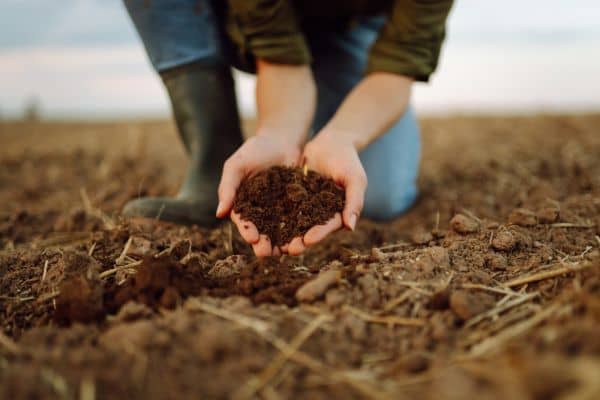
9. Crimson Clover
Trifolium incarnatum is the scientific name for Crimson Clover, this plant is an upright annual herb with spring-blooming red flowers. However, there is not much evidence that it can be called a green garden when it’s grown as a cover crop and can fix nitrogen levels in the soil.
10. Hairy Vetch
The scientific name for Hairy Vetch is Vicia Villosa, it is also considered another excellent green garden, it can variously improve the soil quality. This plant has thick, hairy stems and leaves with flowers arranged as one-sided clusters on the stalk. The plant Hairy Vetch can improve nutrients and water retention in the soil, and its roots help with soil erosion because it has a dense and deep root system.
11. Bush Indigo
The scientific name for Bush Indigo is Amorpha Fruticosa which has showy orange-yellow anthers and this plant usually forms fragrant blossoms in May through June. These plants play a vital role in fixing nitrogen in the soil. Also, these plants can be pruned thoroughly or their biomass to added as ground mulch. Especially in the drier regions, these plants are useful because they help in improving soil quality
12. Alfalfa
The botanical name of Alfalfa is Medicago Sativa, these plants have purple to yellow flowers. This plant is also said as one of the great guardians of the soil. When the roots of these plants, the new roots grow. Where the older roots decompose these plants increase the microbial activity of the soil. These plants contained vital nutrients. So if you are looking for great guidance then Alfalfa would be the great choice for your soil.
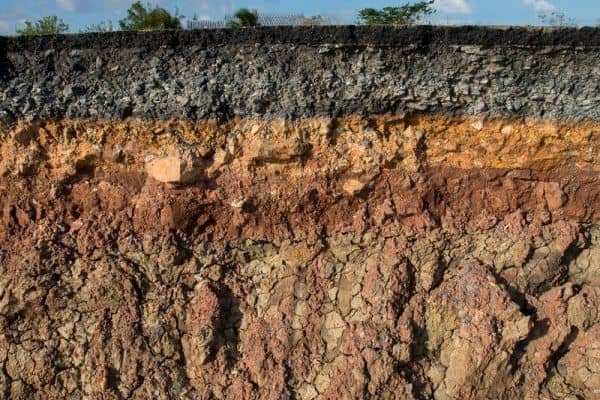
So these few plants can help improve the soil quality. If you can take these green guardians into your garden or yard, then they can create a healthier and more productive growing environment for your plants.
FAQs
Q. How many types of Soil are there?
Altogether, 7 types of soil are commonly used in the growth of plants, sandy soil, clay soil, silt soil, loamy soil, peaty soil, chalky soil, and sandy loam
Q. What is the scientific name for garlic?
The scientific name for garlic is Allium Sativum.
Q. Why do we need to make our soil healthy?
We need to make our soil healthy for healthy food, clean water, & a cooler planet.
Q. How can we increase the quality of our soil?
We can increase the quality of our soil in various ways, adding nitrogen to the soil, loosening compacted soil, suppressing weeds, attracting pollinators, and many more.
Also Read: What is a Self-Sharpening Knife? Benefits, Types, and Tips for Choosing the Best Set
